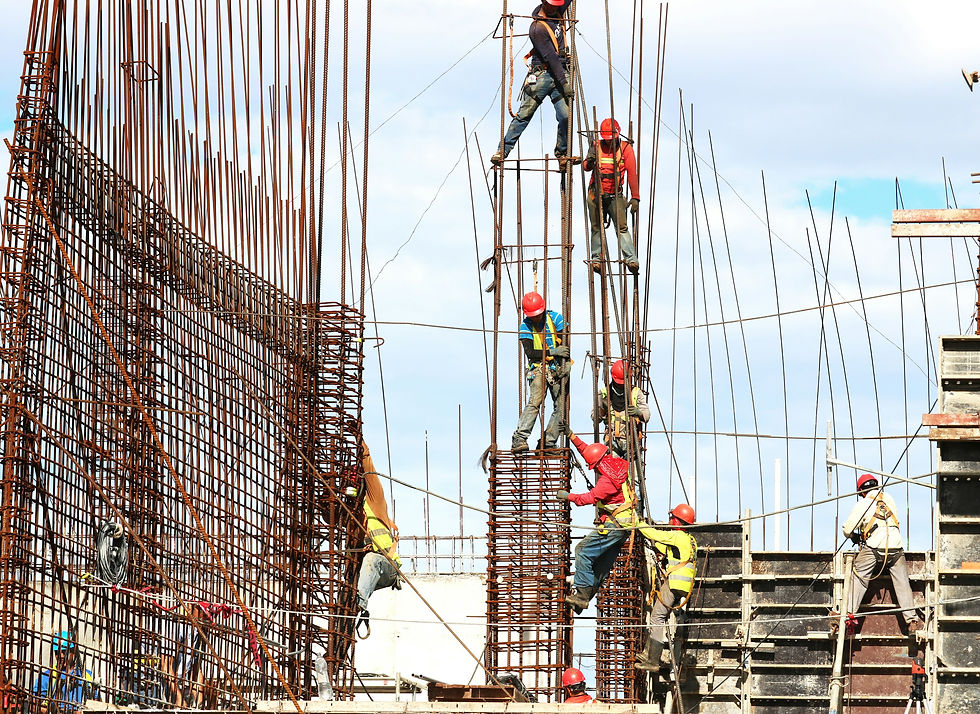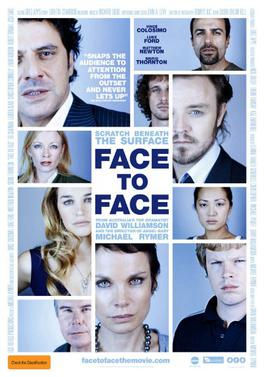Beyond Punishment: How Restorative Justice Principles Can Transform Conflict
- sstewart061
- Oct 10
- 3 min read
We're sharing a link to a foundational paper on environmental restorative justice written by The Hon. Justice Brian J Preston, Chief Judge of the Land and Environment Court of New South Wales.

This document is more than theory; it references a landmark environmental crime case, Garrett v. Williams, where an Aboriginal sacred site was damaged by mining operations. Following a guilty plea, the presiding judge recommended a Restorative Justice Conference to determine the outcome.
Our founder, John McDonald, was the facilitator for that conference.
This experience demonstrates that the transformative principles of restorative justice can be successfully applied to the most complex, high-stakes conflicts, offering significant value for anyone seeking a more effective, human-centred approach to resolving conflict, especially in the workplace.
Key Takeaways for Workplace Conflict Resolution
1. A Shift in Focus (Proven in Practice)
Restorative justice is a response to harm that aims to balance the needs of the those affected by and involved in harmful behaviour. The process is holistic, seeking to repair the harm caused and prevent recurrence.
In the Garrett v. Williams case, this principle allowed Wilyakali elders and community members to meet face-to-face with the mine owner, Craig Williams, and his staff. This engagement shifted the focus from a state-imposed fine to open dialogue, where the Aboriginal traditional owners and their representatives could explain the profound spiritual and cultural damage, while those who caused the hurt and harm could acknowledge their behaviour and express genuine remorse.
2. A Focus on Repair, Restitution, and Future Behaviour
A truly restorative outcome requires the person who caused harm to make reparation for the harm caused and agree to change future behaviour. Restorative outcomes often include formal apologies, restitution, and measures addressing future conduct.
For the workplace, this is a roadmap for constructive solutions:
Reparation: The Restorative Conference led to an agreement for ongoing collaboration and a site visit for the Broken Hill Local Aboriginal Land Council, a targeted remedy far more meaningful than a court-imposed financial penalty. In your organization, this translates to individuals and teams committing to measurable actions planned to rebuild trust.
Future Behaviour: The judge noted the mine owner’s apology, and agreements were indicative of a desire to make reparation, ensure the offences are not repeated, and strengthen rather than further weaken the system of relationships. We apply this by ensuring systemic failures are addressed through comprehensive remedial action plans
3. Recognizing a Broad Scope of the "Victim"
The paper encourages recognizing that the broader community, future generations, and even the environment/non-human biota are victims of harm and may require representation by a ‘surrogate victim’.
This concept is vital for organizations, as conflict often harms the morale, productivity, and reputation of the entire team or department. The conference in Garrett v. Williams provided an example of this, as the representatives of the Aboriginal community gave voice to the damaged cultural heritage. Restorative models typically bring the whole affected team into the resolution process, ensuring the strengthening and support of the whole workgroup.
This paper confirms that the enduring principles of accountability, repair, and transformation are a powerful alternative to more traditional workplace investigations that lead to punitive outcomes.
As the facilitator of the case cited in this foundational work, John McDonald and ProActive ReSolutions have been at the forefront of defining and implementing these frameworks for decades.
Read the full paper to ground your own approach to conflict in this powerful framework.



Comments